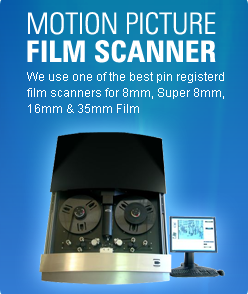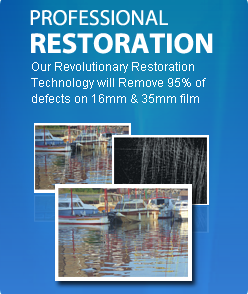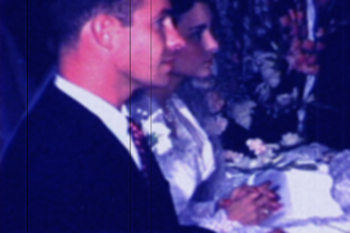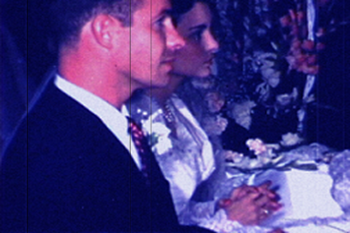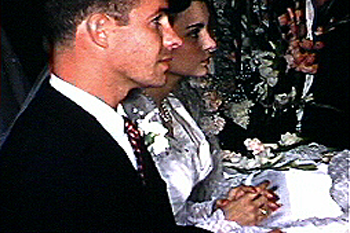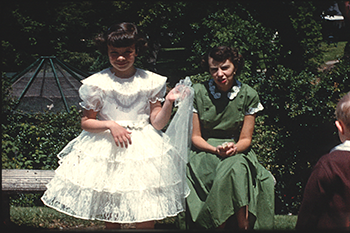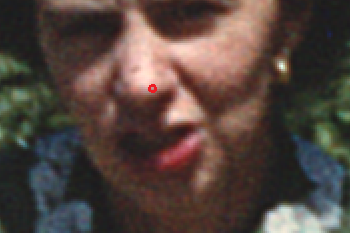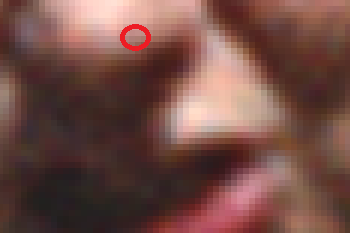
The first table shows how the same film looks using our 4 different processes. You can see that the difference can be significant for our Gary customers.
The second table presents a case for scanning 8mm and Super 8 film at 2K resolution. In the past year we have done 20 comparisons. Contrary to popular belief, we do see a noticeable difference in quality between our Pro HD and Pro 2K process on 8mm and Super 8 film.
8mm And Super 8 Film Gary |
|
SD Scan
|
|
Pro HD Scan
|
|
Pro 2K Scan
|
|
Pro 4K Scan
|
|
Film Resolution |
|
Resolution of Film |
|
Film Grain
|
|
Film Grain vs Digital Pixel
|
|
Professional films usually have access to the original camera negative in addition to work prints, answer prints, etc. It is always better to scan using the original camera negative.
Gary Fun Facts: Routes 12 and 20; and Indiana State Highways 312 and 912. Founded in 1906 by Elbert H. Gary, former Chairman of the United States Steel Corporation, the city originated as the chosen site for the location of what was intended to be the world's largest steel plant. The three year project resulted in the birth of a huge industry and the creation of the city which would be named in honor of the area's great visionary and would instantly become the residence of thousands of steel workers and their families.
Indiana Fun Facts: With a name that is generally thought to mean “land of the Indians,” Indiana was admitted on Dec. 11, 1816, as the 19th state of the union. Its capital has been at Indianapolis since 1825. Indiana sits, as its motto claims, at “the crossroads of America.” It borders Lake Michigan and the state of Michigan to the north, Ohio to the east, Kentucky to the south, and Illinois to the west, making it an integral part of the American Midwest.
